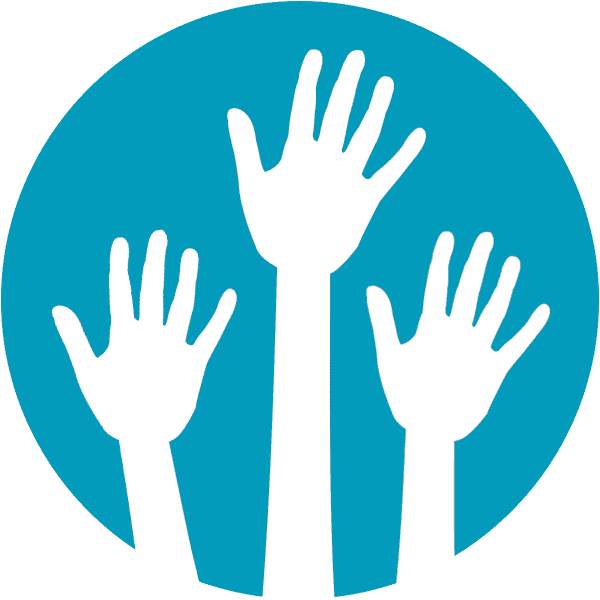Benefits of Exercise for Dystonia are Physical & Emotional
 This content originally appeared in the Dystonia Dialogue.
This content originally appeared in the Dystonia Dialogue.
The Centers for Disease Control & Prevention (CDC) estimate that 60% of Americans are not active at the recommended levels for good health. The merits of exercise have been studied extensively, including in neurological conditions such as Parkinson’s disease and multiple sclerosis. Researchers are beginning to examine physical activity in dystonia patients because of the important potential benefits for quality of life. Individuals with all types of dystonia can benefit from safely incorporating physical activity into their lives. The rewards from exercise are physical, emotional, and even social.
Tips for Increasing Physical Activity
- Ask your doctor for guidance about exercise options that may be appropriate for you.
- Consider consulting a physical therapist to develop a personalized exercise plan.
- Contact your local special recreation association to learn about opportunities for adapted sports.
- Gradually incorporate increased physical activities into your daily routine.
- Explore opportunities to exercise at home including online programs by qualified providers.
- Consider exercise while seated, especially if balance and/or sight are impaired.
- Consider exercise in water. The resistance of water can aid balance while working muscles.
- Dancing is exercise and can be modified to your ability level.
- Include rest and breaks into your exercise activity.
- Incorporate restorative practices into exercise, especially if you have chronic pain. I.e. gentle stretching and/or breathing techniques to promote relaxation.
- Avoid activity that feels unsafe or causes pain.
- Give yourself the freedom to exercise without comparing yourself to other people.
- Have fun! If exercise is enjoyable, the more likely you are to continue doing it.

The Dystonia Medical Research Foundation is a 501(c)(3) non-profit organization dedicated to advancing research for improved dystonia treatments and ultimately a cure, promoting awareness, and supporting the well-being of affected individuals and families.



